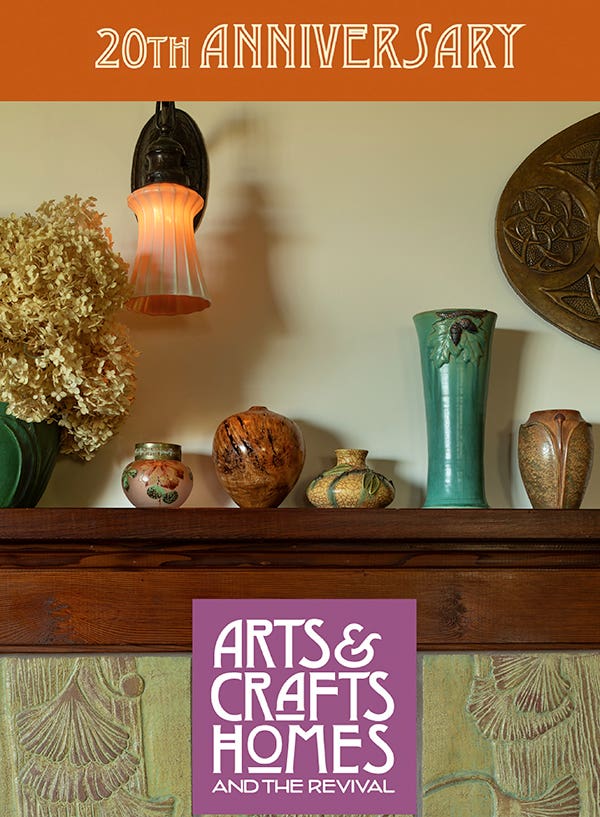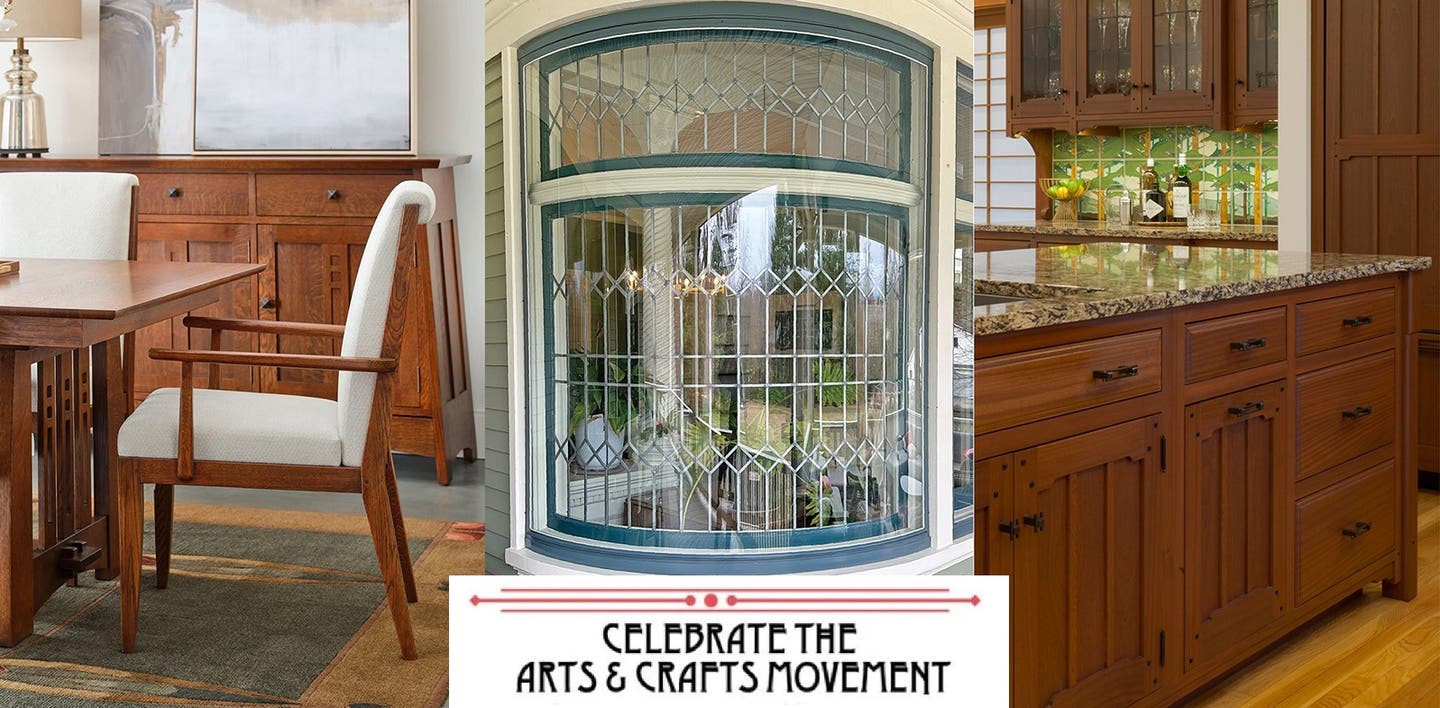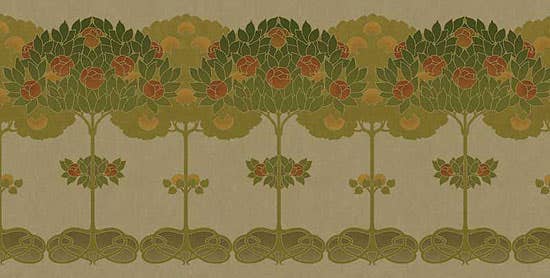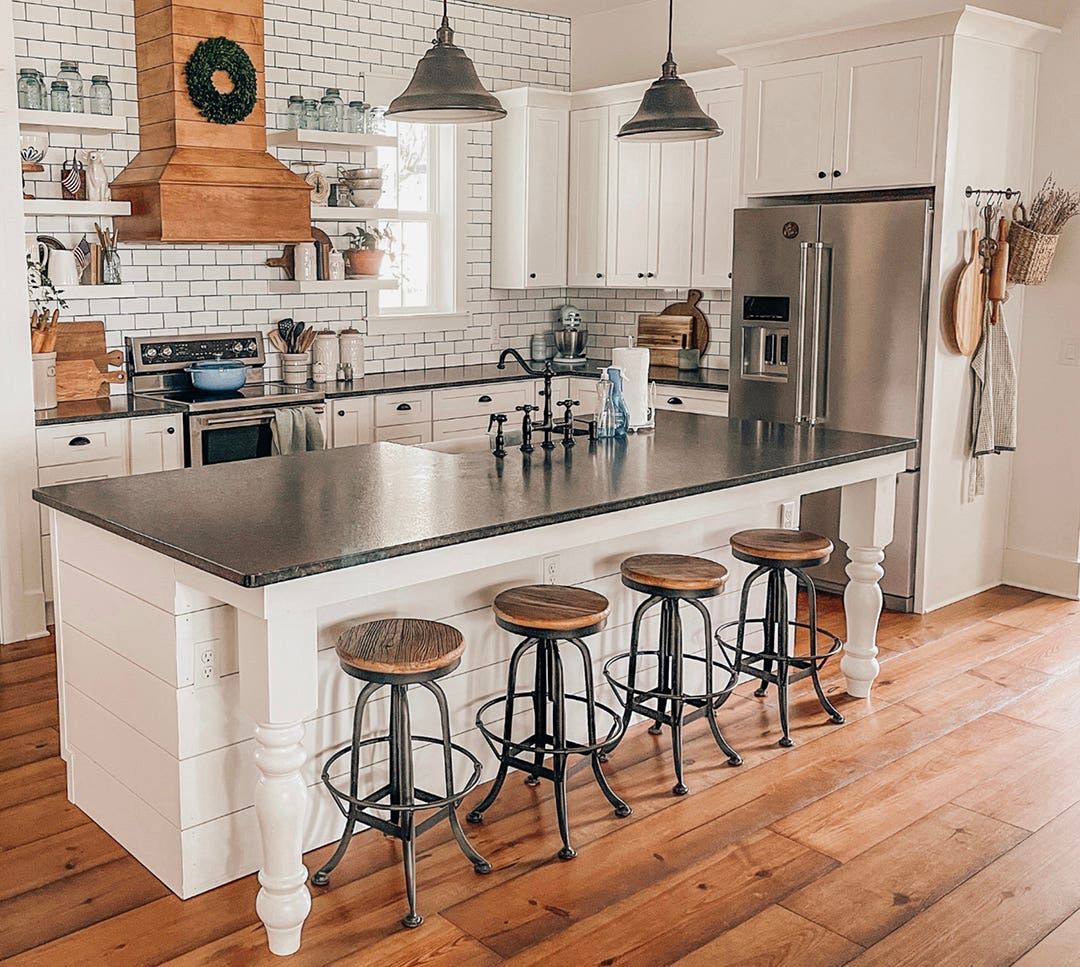The Guild: Rookwood Pottery
The historic Cincinnati pottery founded in 1880 is riding a new wave of modernization and creativity.
In 2006, when one of our oldest Arts & Crafts potteries was reborn in a remarkable sequence of events in Cincinnati, the economy was booming. Given the upheaval in the years that followed, the survival of the Rookwood Pottery Company is even more astonishing.
The historic pottery founded by Maria Longworth Nichols in 1880 is embarking on a new wave of modernization and creativity. “In the past 10 years, Rookwood had really operated at a hobbyist level,” says Micah Carroll, the company’s chief executive officer.
Right now, turning out finished pottery or tile requires as many as nine kilns, 27 firings, and a two-week time frame. New equipment from Blaauw will mean drying time for slip-cast pottery, for instance, goes from days to just 15 hours. That will free up the company and its artisans to push boundaries, just as Rookwood did in the early decades of the 20th century. For example, there are plans to narrow down the multitude of glazes to a standard line. The company will continue to offer historical (or “heritage”) glazes for period applications, on request.
Rookwood’s art pottery made it world famous, and the tradition continues with designers, artists, glaze artists, and craftspeople working together. All glazes are developed in-house, all molds hand sculpted and replaced continuously.
The company will be retiring some pieces introduced over the past decade. Rookwood is actively searching its archives to bring old pieces back and inspire new ones. It will always be possible to tell the difference between new Rookwood and old, Carroll says: “We never want to produce something that could be misconstrued as old Rookwood.”
Rookwood is also rolling out plans for tours of its Cincinnati production facilities. Instead of weekly on Wednesdays, the goal is to offer public tours every weekday. “Until people see all of the hands that go into making a product, they really don’t get why the work is so valuable.”
Local Icons
Historic potteries like Rookwood in Cincinnati and Pewabic in Detroit do a robust business in city-specific tiles, plaques, and other works of art sought after by people with local ties. But Rookwood may be unique in that it makes the only ceramic champions’ trophies for a high-profile U.S. Tennis Association event. • Rookwood made the first trophies for what is now the Western & Southern Open when the tournament began in 1899. In 2010, tournament officials decided to commission something out of the ordinary and turned to Rookwood once again. The result: a hand-sculpted, richly colored vase with trailing acanthus leaves that bloom tennis balls instead of flowers. • The nine-pound vase honors both the unbeaten player and the tournament, the oldest in the U.S. still held in its original city. According to the Cincinnati Enquirer, the first trophy was such a hit with 2010 women’s champion Kim Clijsters “she could not take her eyes off the work of art.” • Rookwood fans who love tennis can buy a mini version of the trophy for $60, without picking up a racket.
Rookwood, A Short History
Influenced by the beautiful glazes on French ceramic wares she’d seen when exhibiting at the 1876 Centennial Exposition in Philadelphia, a young china painter named Maria Longworth Nichols determined to create a pottery studio when she returned home to Cincinnati, Ohio.
In 1880 Nichols did just that, founding Rookwood Pottery with financial backing from her wealthy family. Aiming high, she hired talented artists, students, and technicians and encouraged them to experiment. One resulting innovation was the mouth atomizer, an airbrush used to apply glazes. Rookwood shot to international fame when one of its designs won the Grand Prize at the 1889 Exposition Universelle in Paris. Although Nichols left the company that year (she had been widowed and remarried), the exposure helped Rookwood pottery become a decorative staple in elite households.
In 1902, Rookwood launched the architectural faience department, offering tiles and installations from fireplace surrounds to fountains. Rookwood faience survives across the country, from the vaulted arches of the Rathskeller pub in Louisville’s grand Seelbach Hotel, to a handful of New York City subway stations.
Rookwood’s heyday lasted through the 1920s, but the company struggled like other luxury-goods manufacturers during the Depression. It filed for bankruptcy in 1941, but limped along for 40 more years. In 1982, Rookwood collector Arthur Townley bought assets including more than 3,000 molds and most significantly the company name and trademarks. In 2006, investors led by industrial designer Christopher Rose completed the purchase from Townley. Rookwood was again open for business.
Rookwood Pottery Company
Cincinnati, OH
(800) 537-1605
rookwood.com
Mary Ellen Polson is a creative content editor and technical writer with over 20 years experience producing heavily illustrated know how and service journalism articles, full-length books, product copy, tips, Q&As, etc., on home renovation, design, and outdoor spaces.







